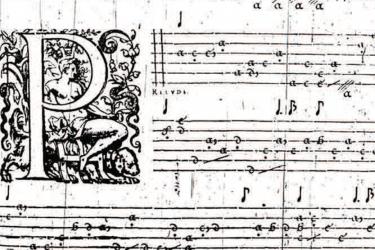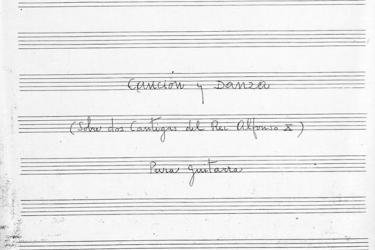
The great Brazilian composer Heitor Villa-Lobos (March 5, 1887 – November 17, 1959) wrote this Chôros No. 1 in 1920 in Rio de Janeiro. It was originally published under the title of "Chôro típico", then changed to "Chôro típico brasileiro", and after that, it was integrated into a series of 14 chôros titled Chôros.
This No. 1 is the only work for solo guitar out of the 14 chôros and depicts the most typical mood of the urban chôro.
Choro:
At his time in Brazil, a fusion of different music styles was becoming trendy in popular music culture. Such music styles were European (Waltz, Mazurka, Polka, Schottische, Tango, Fado, etc.), Afro-Brazilian (Lundu, Batuque), African American (Ragtime), and Brazilian (Samba, Maxixe).
Villa-Lobos introduced this movement of cultural fusion into the classical music idiom which he grew up with and proudly produced a new style of music that was universal and Brazilian.
The term ‘choro’ derived from the Portuguese verb chorar (to cry). Together with the fact that this style originated from the music played by people such as workers who gathered and played for fun, the choro bears similarities to Portuguese Fado, Spanish Flamenco, or North American Blues.
Surprisingly, most of the modern choros including this No. 1 by Villa-Lobos give us an impression of somewhat the opposite character. Two-beat brisk and uplifting music with rhythmically complex melodies with lots of syncopatinon, almost trying to trick the listeners, combined with the accompaniment which is often played in a type of contrapuntal fashion called contracanto.
The choro has been played and developed as improvisational music in an ensemble setting like bands or orchestras especially at pubs/bars and dance places, just like Jazz.
By being developed by skillful musicians with more emphasis on the rhythmical and technical aspects of the music in modern days, the early choro's sad tone to chorar (cry) might have been replaced gradually with a joyful and bright atmosphere of this lively urban city of Brazil.
By the way, the word chôros is the plural of chôro. Therefore, this piece should be called Chôro No. 1. For example, Chôros No. 1, Chôros No. 2, etc. sound strange. However, the misuse of "Chôros" for the title of a single piece seems universally accepted.
Arguably, the most widely distributed versions of this piece would be the editions published by the famous French publisher Max Eschig under the titles of CHÔROS (Nº.1) or Chôros—No. 1. It is possible that those ambiguous titles could have been the source of the confusion.





